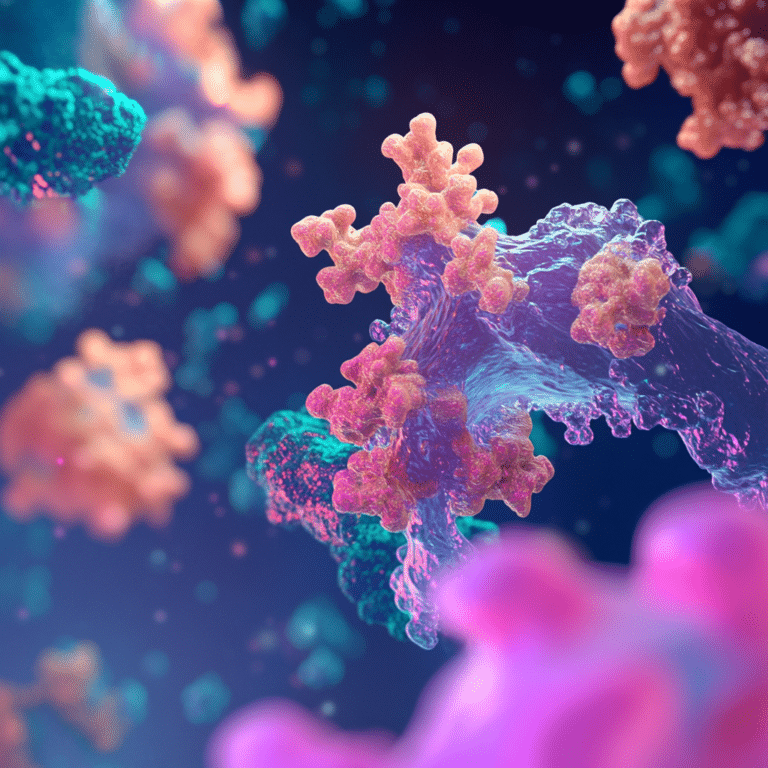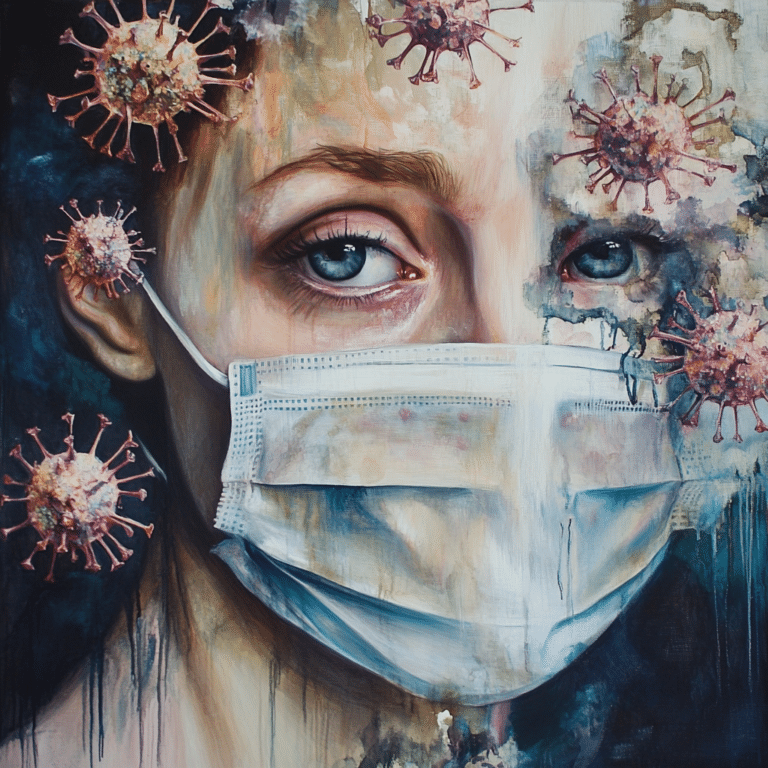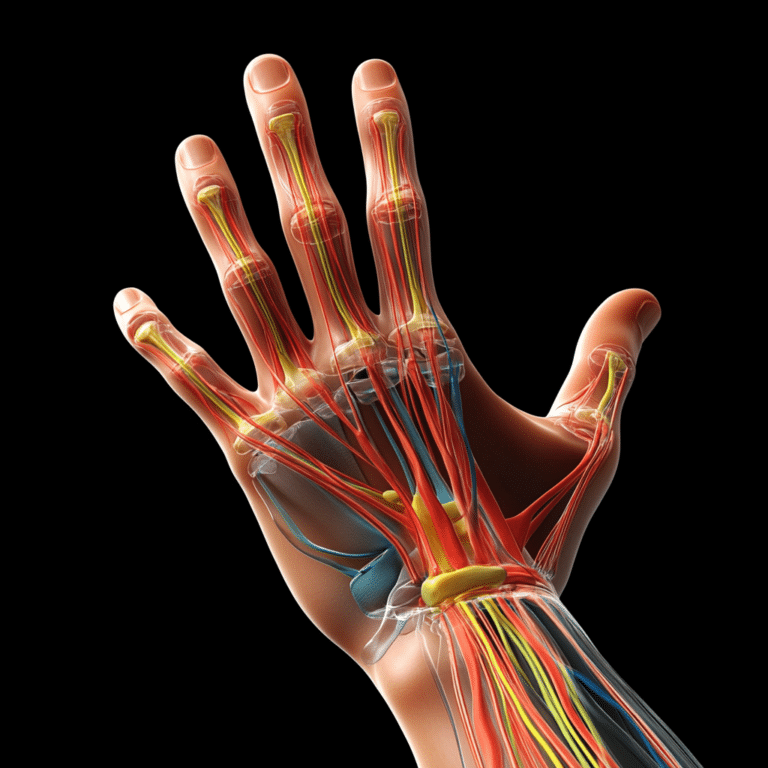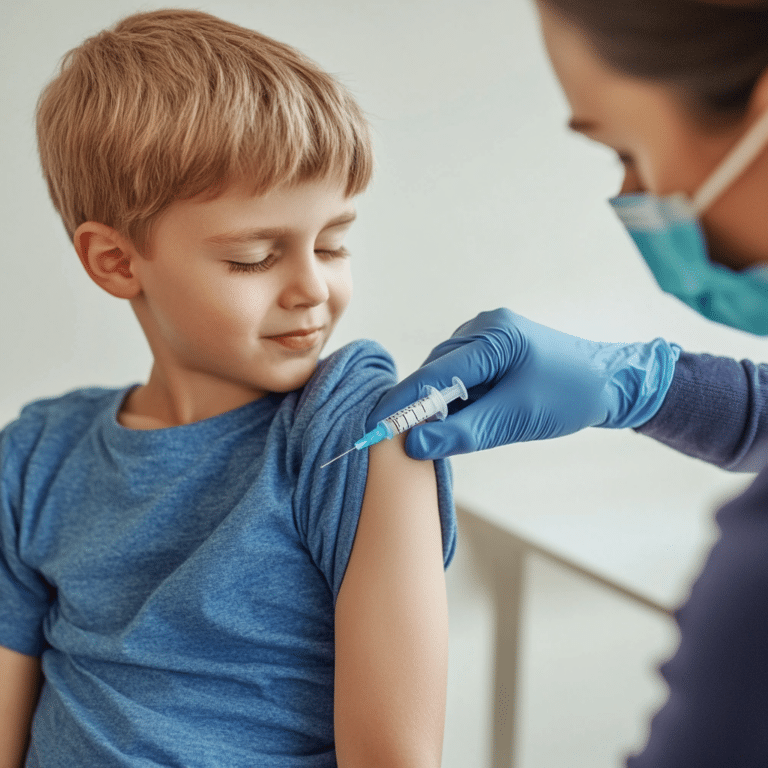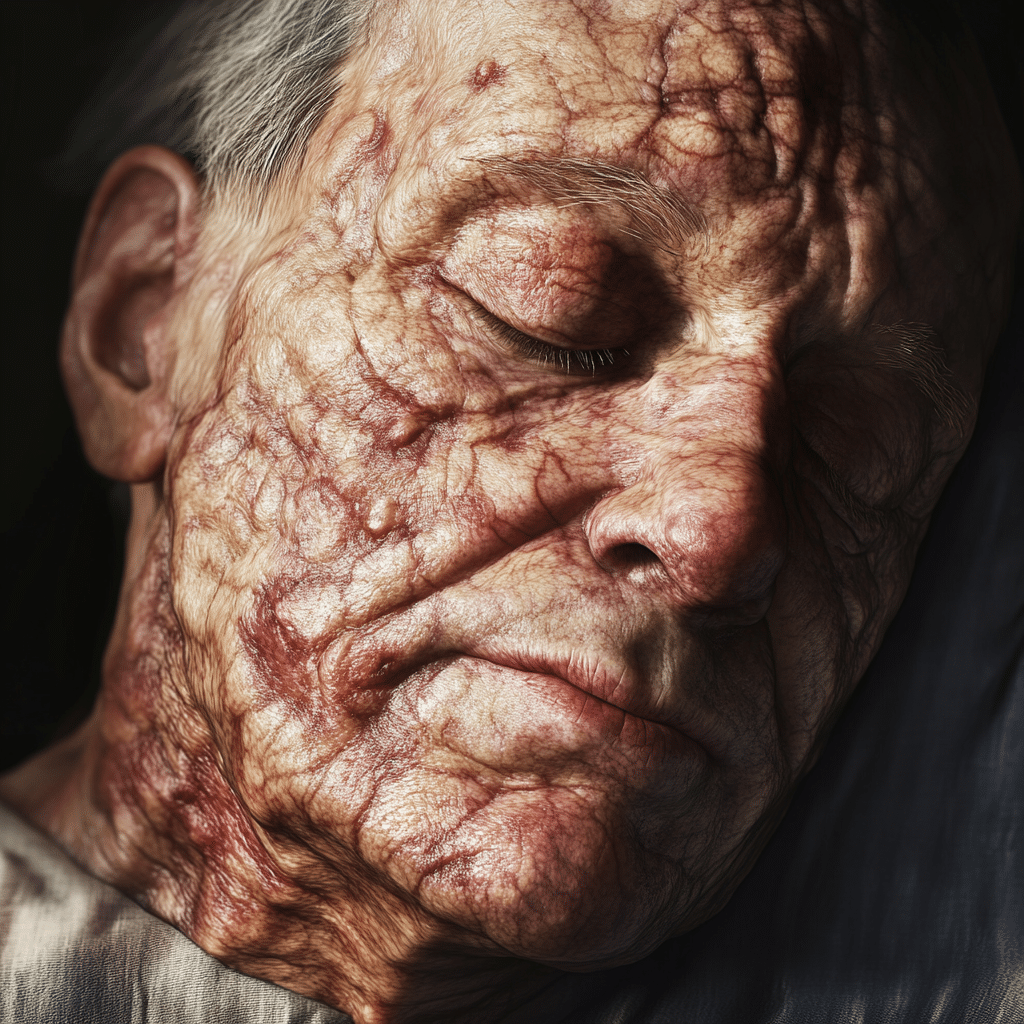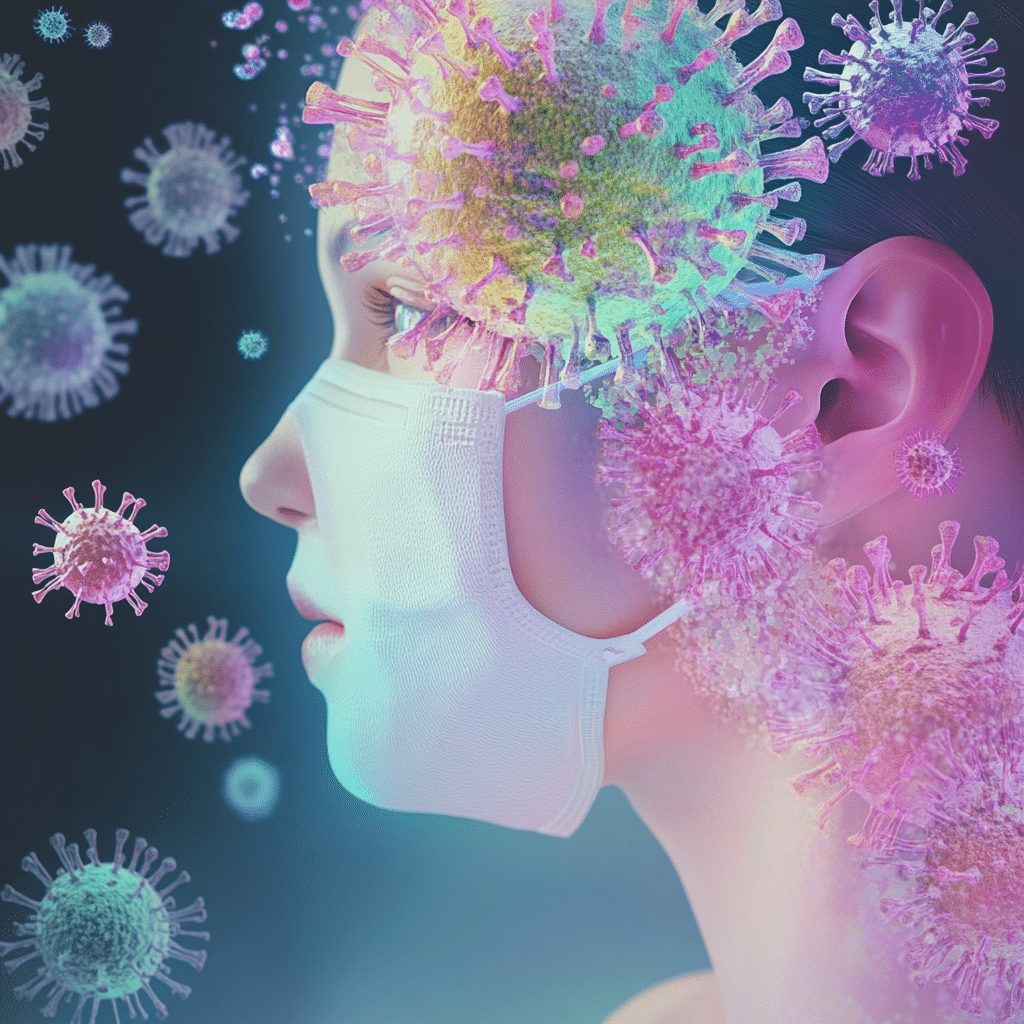Lissencephaly is a rare and perplexing brain disorder. It’s characterized by the absence of folds and grooves in the cerebral cortex, resulting in a smooth brain—a condition that raises numerous questions about its origins and impact. In this journey, we’re diving deep into what lissencephaly is all about, including its causes, associated conditions, and the latest in research. Knowing about this condition matters because it highlights the extraordinary nuances of neurological health, allowing us to appreciate our own bodies on a whole new level.

Understanding Lissencephaly: An Overview of the Condition
Lissencephaly literally means “smooth brain.” This development anomaly kicks off during fetal development and can be attributed to genetic mutations. While it’s a rare occurrence, lissencephaly manifests with some serious challenges—both for those affected and their families.
Scientists classify lissencephaly primarily into four types: type 1, type 2, with different shapes and severity of brain malformations, and “lissencephaly sequences.” Each type dictates the potential outcomes for those diagnosed. Often, this condition leads to life-long dependence on caregivers due to its impact on cognitive development and motor skills.
The prevalence of lissencephaly is estimated to be 1 in 100,000 births. It’s crucial to recognize how genetic factors play into this condition, as they can affect multiple generations. Understanding lissencephaly can not only offer insight into its treatment but also shed light on brain development broadly, presenting avenues for preventative strategies in future generations.
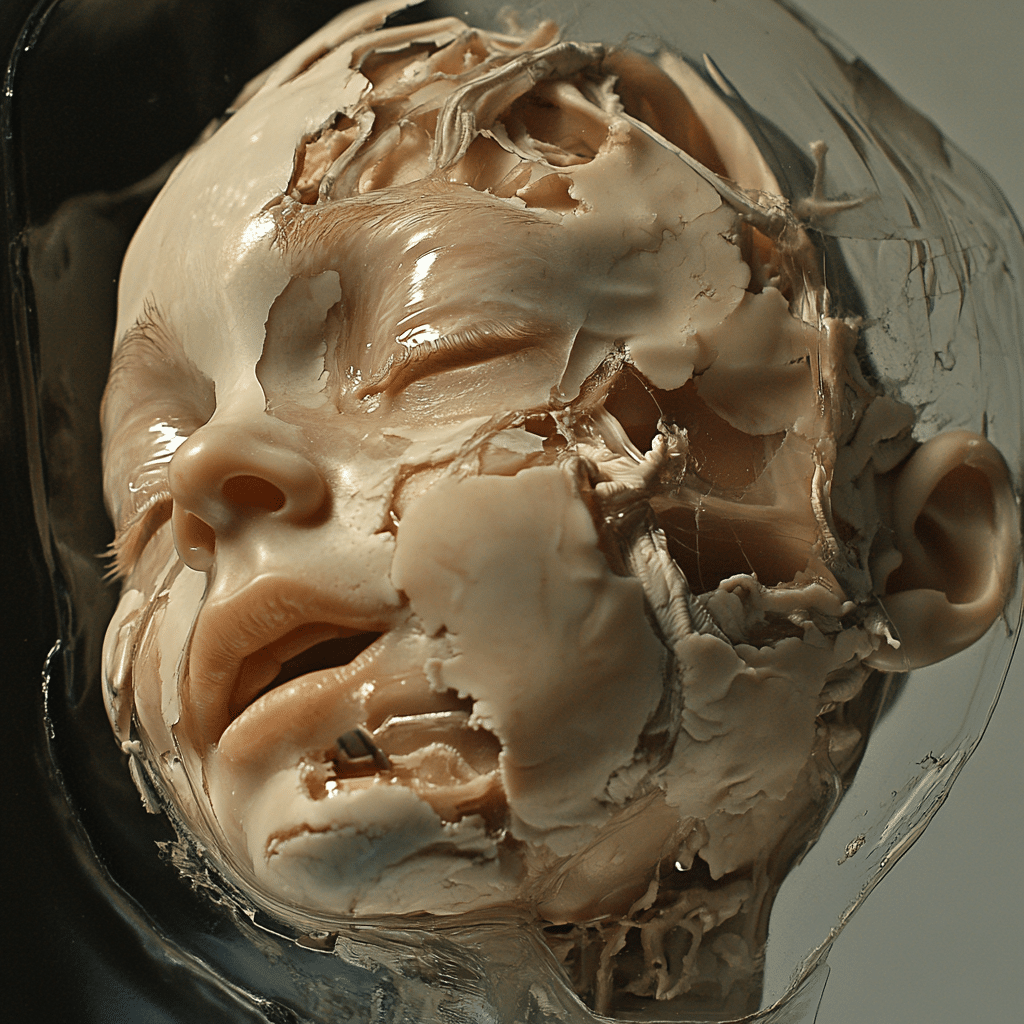
The Top 7 Associated Conditions and Features
Lissencephaly doesn’t just exist on its own; it often tags along with other challenging medical conditions. Here are the seven major issues commonly linked to lissencephaly:
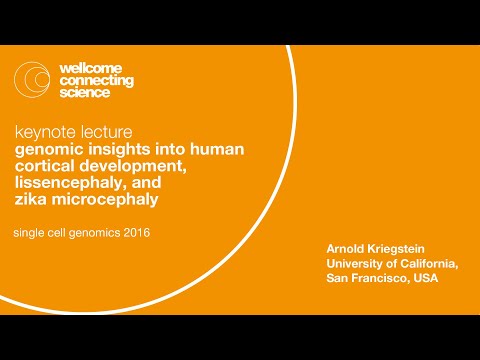
Diagnostic Approaches for Lissencephaly
Putting the pieces together to diagnose lissencephaly starts with a comprehensive medical history and thorough imaging tests, including MRI and CT scans. These imaging styles can reveal the signature smooth brain appearance and allow for clear assessments.
Genetic testing often steps in to uncover relevant mutations connected to lissencephaly. Finding these anomalies early can pave the way for better management strategies, tailoring interventions to individual needs.
Collaboration between healthcare providers ensures patients receive the best care. Creating a supportive environment while exploring treatment options can lead to more effective outcomes for those with lissencephaly.

Prognosis and Quality of Life
Life with lissencephaly comes with varied challenges. Many children face developmental delays, seizure activity, and struggles with mobility and communication. Yet, keep the chin up! While the prognosis can fluctuate based on severity and additional conditions, interventions like physical and occupational therapy can dramatically improve quality of life.
Support networks are vital for families navigating this condition. Early diagnosis, combined with consistent medical support, lays the foundation for more promising outcomes. As research unfolds, the door is wide open for innovative therapies and potential gene treatments that could lessen the impacts of lissencephaly.
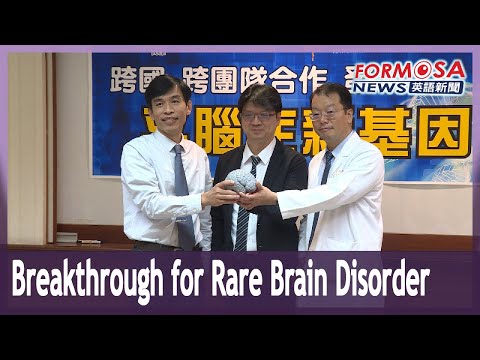
Innovative Perspectives: Future of Lissencephaly Research
Cutting-edge studies are laser-focused on decoding the genetic roots of lissencephaly. The shift towards personalized medicine and gene therapy could revolutionize treatment, yielding tailored results for those affected. Collaboration is the name of the game—by working together, researchers, healthcare providers, and advocacy groups can drive impactful discoveries.
It’s thrilling to think that new advances might soon offer real hope for the future of lissencephaly treatment. Outreach and education are pivotal in promoting awareness, laying the groundwork for innovative strategies that can improve patient outcomes.
Moving Beyond Lissencephaly: A Greater Understanding of Neurological Disorders
To shake things up, let’s broaden our viewpoint regarding neurological disorders. Gaining a deeper understanding of lissencephaly reveals not only the challenges it presents but also its connections to other conditions. Embracing a holistic perspective means taking into account the genetic and environmental factors around brain development.
The knowledge gleaned from studying lissencephaly propels us forward in enhancing care for all neurological disorders. Increased awareness, education, and continued research will undoubtedly improve the lives of those affected and carve pathways to solutions that can benefit future generations.
In conclusion, let’s channel our inner champions! By breaking down the complexities of lissencephaly, we arm ourselves with knowledge. When we understand what we are up against, we can take steps toward better health and vibrant living. Each piece of understanding brings us all closer to breaking down the barriers that exist within the realm of health.
By diving into lissencephaly, you’re not just learning about a rare disorder; you’re enhancing your understanding of human resilience and the power of science. Reach for the stars and keep pushing toward your goals, both in health and in life!
Lissencephaly: The Mysterious Brain Disorder Explained
What You May Not Know About Lissencephaly
Did you know that lissencephaly, often dubbed the “smooth brain,” is a rare brain malformation? This disorder arises when the brain doesn’t fold properly during fetal development, resulting in a smooth surface. The groove or convolution formation is crucial for brain function, akin to how a crochet dress brings intricate design to life. Without these folds, individuals with lissencephaly can face severe developmental challenges, including seizures and mobility issues. Understanding this disorder might not be everyone’s cup of tea, but it highlights the importance of brain structure in our daily lives.
Here’s something even more intriguing: lissencephaly is typically linked to genetic mutations, such as those affecting the heterozygous definition of certain genes. These mutations can leave families grappling with the emotional and physical demands of caregiving. Just as the rhythmic creation of a crochet dress requires a balance of technique and creativity, managing lissencephaly involves patience, research, and a whole lot of love. Many families seek information on available therapies, much like looking up best sex positions for enhancing intimacy; care strategies can be just as personal and tailored.
Fun Facts to Ponder
You might find it fascinating that the prevalence of lissencephaly is estimated to be about 1 in 100,000 births, making it quite rare! To put that into perspective, it’s less common than encountering a humanoid robot, which is popping up more frequently in our tech-driven lives. Despite its rarity, researchers are tirelessly working toward understanding lissencephaly and its impacts. Some studies investigate how different factors like immunoglobulin A levels might play a role in the disorder. These lines of research are vital for improving the quality of life for those affected.
Moreover, some individuals with lissencephaly also exhibit conditions linked to mast Cells, which are crucial to our immune response. It’s mind-boggling to think about how interconnected our bodies are! And if you’re curious about the treatment avenues, options can range from medication like buspirone hydrochloride to therapies designed to address specific symptoms. These approaches help families navigating the challenges of this disorder with as much support as possible, akin to planning a trip to Timbuktu with a thorough itinerary rather than just winging it.
In summary, lissencephaly isn’t just a medical term—it’s a complex reality for many families. As we continue learning and seeking ways to better understand this condition, it’s essential to appreciate the courage and resilience of those impacted. So whether you’re getting into a hobby like crochet or pondering the latest advancements in otorhinolaryngology, remember how these intertwined worlds contribute to our understanding of human health and experience.




